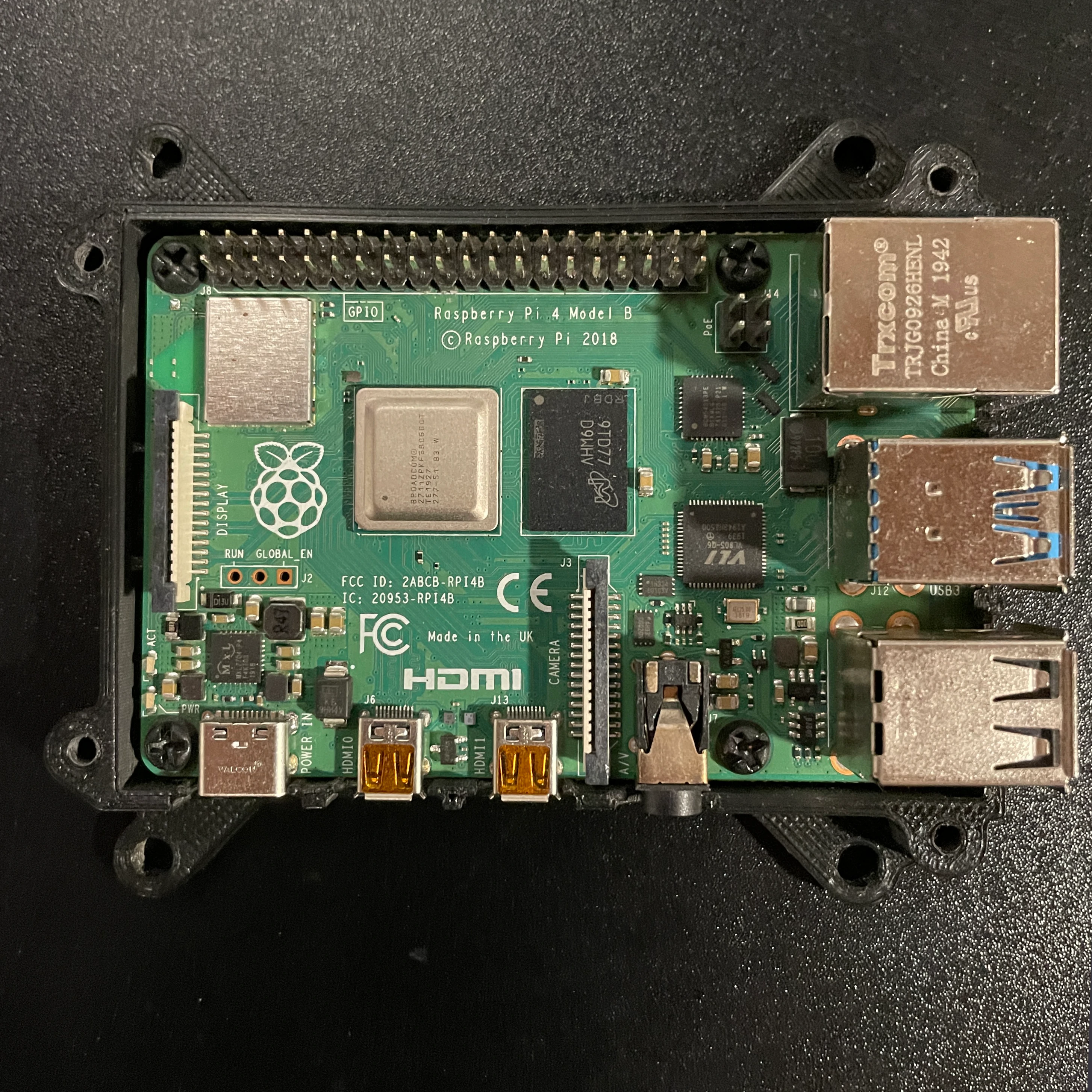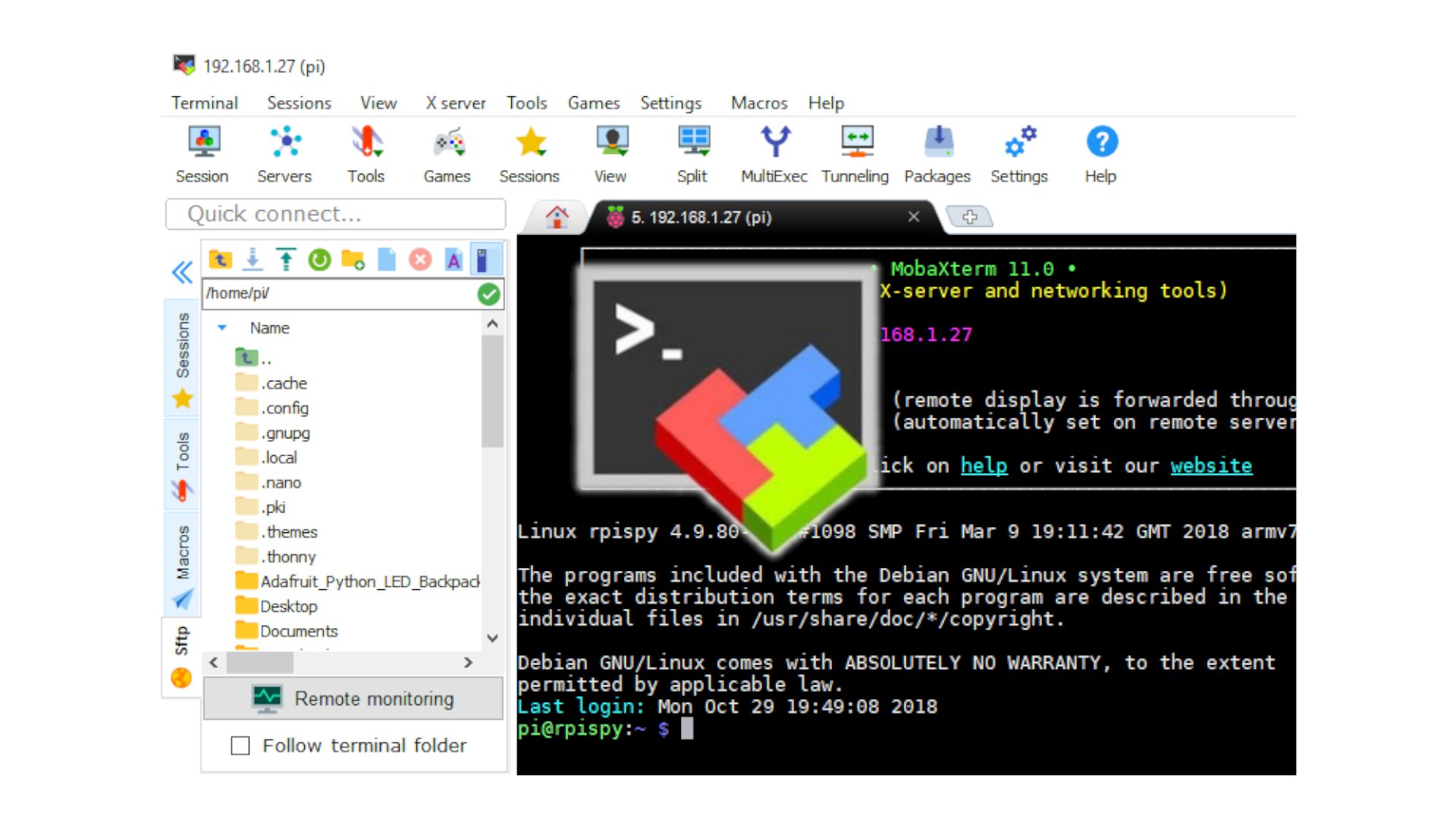For beginners and seasoned tech enthusiasts alike, understanding how to remotely access your Raspberry Pi is a game-changer. Imagine being able to control your projects, troubleshoot issues, or even update software without needing physical access to your device. RemoteIoT simplifies this process by offering a cloud-based solution that works across networks, ensuring you’re always connected. From setting up SSH to configuring your device for optimal performance, this guide covers everything you need to know to get started. With the growing popularity of IoT devices and Raspberry Pi projects, the demand for remote access solutions has skyrocketed. RemoteIoT stands out as a reliable option, offering features like secure connections, easy setup, and compatibility with various operating systems. In this article, we’ll delve into the specifics of how to remotely access Raspberry Pi with RemoteIoT, explore common challenges, and provide actionable tips to enhance your experience. By the end of this tutorial, you’ll be equipped with the knowledge to confidently manage your Raspberry Pi from anywhere in the world.
Table of Contents
- What is Remotely Access Raspberry Pi RemoteIoT Tutorial?
- Why Should You Remotely Access Your Raspberry Pi?
- How to Set Up RemoteIoT for Raspberry Pi
- What Are the Common Challenges and Solutions?
- Step-by-Step Guide to Remotely Access Raspberry Pi
- Is RemoteIoT Secure for Raspberry Pi Users?
- Advanced Tips for Optimizing Remote Access
- Frequently Asked Questions
What is Remotely Access Raspberry Pi RemoteIoT Tutorial?
Remotely accessing Raspberry Pi using RemoteIoT is a process that allows users to connect to their devices over the internet securely. This tutorial provides a comprehensive guide to setting up and using RemoteIoT, a cloud-based platform designed to simplify remote access. Whether you’re a hobbyist or a professional, this tutorial ensures you can manage your Raspberry Pi projects without the need for physical access.
RemoteIoT offers features like secure SSH connections, easy integration with existing systems, and compatibility with various operating systems. The platform eliminates the need for complex configurations, making it accessible even for beginners. By following this tutorial, you’ll learn how to install RemoteIoT, configure your network settings, and troubleshoot common issues.
Read also:Kyle Chandler The Journey Of A Versatile Actor
This tutorial is structured to provide a step-by-step approach, ensuring you understand each stage of the process. From initial setup to advanced optimization, the guide covers everything you need to know to remotely access Raspberry Pi with RemoteIoT. With its user-friendly interface and robust functionality, RemoteIoT is an ideal solution for anyone looking to enhance their Raspberry Pi experience.
Why Should You Remotely Access Your Raspberry Pi?
There are numerous reasons why remotely accessing your Raspberry Pi is beneficial. One of the primary advantages is convenience. By enabling remote access, you can manage your projects, update software, and troubleshoot issues without needing physical access to the device. This is particularly useful for IoT projects, home automation systems, and server management.
Another key reason is flexibility. Remote access allows you to control your Raspberry Pi from anywhere in the world, as long as you have an internet connection. Whether you’re traveling, working from home, or managing multiple devices, this flexibility ensures you’re always in control. Additionally, tools like RemoteIoT enhance security by providing encrypted connections, protecting your data from unauthorized access.
Finally, remote access opens up possibilities for collaboration. By sharing access with team members or collaborators, you can work on projects together, even if you’re in different locations. This fosters innovation and allows for more efficient workflows. With tools like RemoteIoT, the process is streamlined, making it easier than ever to collaborate and manage your Raspberry Pi projects.
How to Set Up RemoteIoT for Raspberry Pi
Setting up RemoteIoT for your Raspberry Pi involves a few straightforward steps. First, ensure your Raspberry Pi is running the latest version of its operating system. This ensures compatibility with RemoteIoT and minimizes potential issues during setup. Next, visit the RemoteIoT website and create an account. Once registered, download the RemoteIoT client software and install it on your Raspberry Pi.
After installation, log in to your RemoteIoT account and link your Raspberry Pi to the platform. This process typically involves entering a unique device ID or scanning a QR code. Once linked, configure your network settings to allow remote access. This may include enabling SSH and adjusting firewall settings to ensure a secure connection.
Read also:Nick Saban And Family The Legacy Behind The Icon Ndash A Closer Look
Finally, test your setup by attempting to access your Raspberry Pi from a remote location. Use the RemoteIoT dashboard to monitor your device’s status and troubleshoot any issues that arise. With these steps completed, you’ll have successfully set up RemoteIoT for your Raspberry Pi, enabling seamless remote access.
What Are the Common Challenges and Solutions?
While remotely accessing Raspberry Pi with RemoteIoT is generally straightforward, users may encounter a few challenges. One common issue is connectivity problems, often caused by incorrect network settings or firewall restrictions. To resolve this, ensure your Raspberry Pi is connected to a stable internet connection and adjust your firewall settings to allow SSH traffic.
Another challenge is security concerns. Remote access can expose your device to potential threats if not properly secured. To mitigate this, always use strong passwords and enable two-factor authentication. Additionally, keep your software updated to protect against vulnerabilities. RemoteIoT provides encrypted connections, further enhancing security.
Finally, some users may find the setup process confusing, especially if they’re new to remote access tools. To address this, refer to RemoteIoT’s documentation and support resources. These materials provide detailed instructions and troubleshooting tips to help you overcome any obstacles. With these solutions in place, you can confidently manage your Raspberry Pi remotely.
Step-by-Step Guide to Remotely Access Raspberry Pi
Step 1: Install RemoteIoT on Your Raspberry Pi
To begin, ensure your Raspberry Pi is updated and running the latest version of its operating system. Visit the RemoteIoT website, create an account, and download the client software. Follow the installation instructions provided on the website, ensuring all dependencies are installed correctly. Once installed, launch the RemoteIoT client and log in using your account credentials.
Step 2: Configure Your Network Settings
Next, configure your network settings to enable remote access. Enable SSH on your Raspberry Pi by accessing the configuration menu and selecting the appropriate option. Adjust your firewall settings to allow SSH traffic, ensuring your device is accessible over the internet. Use the RemoteIoT dashboard to verify your device’s connectivity and make any necessary adjustments.
Additional Tips for Network Configuration
- Ensure your Raspberry Pi has a static IP address to avoid connection issues.
- Use port forwarding on your router to direct traffic to your Raspberry Pi.
- Test your setup by attempting to access your device from a different network.
Is RemoteIoT Secure for Raspberry Pi Users?
Security is a top priority when remotely accessing your Raspberry Pi. RemoteIoT addresses this concern by providing encrypted connections, ensuring your data remains protected from unauthorized access. Additionally, the platform supports two-factor authentication, adding an extra layer of security to your account.
To further enhance security, always use strong passwords and keep your software updated. Regularly monitor your device’s activity through the RemoteIoT dashboard, and revoke access for any suspicious accounts. By following these best practices, you can confidently use RemoteIoT to manage your Raspberry Pi projects.
Advanced Tips for Optimizing Remote Access
For users looking to optimize their remote access experience, consider implementing advanced tips and techniques. One effective strategy is to use a VPN for an additional layer of security. This ensures your connection remains private and protected, even when accessing your Raspberry Pi from public networks.
Another tip is to automate routine tasks using scripts. This saves time and reduces the need for manual intervention, allowing you to focus on more critical aspects of your projects. Additionally, explore RemoteIoT’s advanced features, such as device grouping and access control, to streamline your workflow.
Finally, regularly review your setup and make adjustments as needed. This includes updating software, monitoring performance, and addressing any issues promptly. By continuously optimizing your remote access setup, you can ensure a seamless and efficient experience.
Frequently Asked Questions
How Do I Troubleshoot Connectivity Issues with RemoteIoT?
If you’re experiencing connectivity issues, start by checking your Raspberry Pi’s internet connection. Ensure SSH is enabled and verify your firewall settings. Use the RemoteIoT dashboard to monitor your device’s status and consult the platform’s support resources for additional guidance.
Can I Use RemoteIoT with Multiple Raspberry Pi Devices?
Yes, RemoteIoT supports multiple devices, allowing you to manage several Raspberry Pi projects from a single account. Use the platform’s device grouping feature to organize your devices and streamline access.
Is RemoteIoT Compatible with Other Operating Systems?
RemoteIoT is compatible with various operating systems, including Windows, macOS, and Linux. This ensures you can access your Raspberry Pi from different devices, regardless of the operating system.
By addressing these frequently asked questions, you can better understand how to remotely access Raspberry Pi with RemoteIoT and make the most of this powerful tool.
External Link: For more information on Raspberry Pi projects, visit the official Raspberry Pi website.

